All Categories
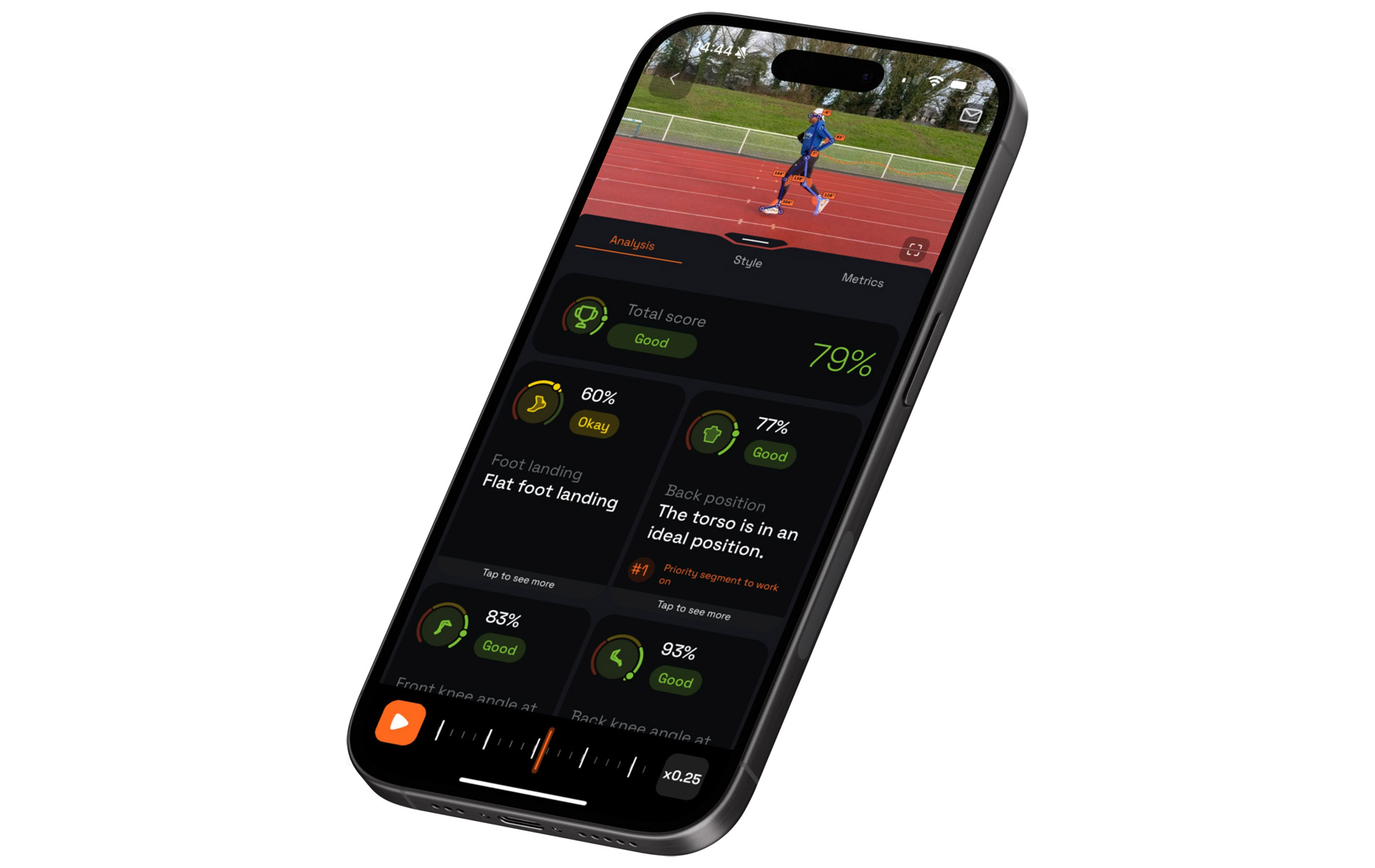
When Jamaican track athlete Khaldon Evans faced career-threatening injuries, he discovered firsthand how proper biomechanical analysis could improve his running performance and recovery. This revelation, combined with his wife’s expertise in biomechanics, led to the creation of Ochy, an app democratizing professional gait analysis technology, requiring only a smartphone.
Ochy has rapidly expanded its reach to over 140 countries, with a robust presence in the United States. The app allows runners, coaches, and medical professionals to conduct sophisticated biomechanical analyses using only a smartphone, making previously exclusive lab technology accessible to everyone on the move.
Khaldon’s path to creating Ochy began during his athletic career at the University of Central Missouri, where he specialized in 400m races. Like many high-level athletes, Evans encountered injuries that threatened to derail his competitive pursuits. These events led Khaldon to create a platform leveraging proper gait analysis and correction techniques to help prevent injury, improve recovery, and improve performance.
Evans met his future wife, a biomechanics specialist, during his university years. Their combined expertise and personal experience sparked a vision to bring laboratory-grade biomechanical analysis to everyday athletes through accessible technology. They recognized that the sophisticated gait analysis tools that helped Evans recover were typically only available in specialized labs or medical facilities, which made them out of reach for the layperson.
Evans and his team developed Ochy to bridge this gap, translating complex biomechanical principles into an intuitive mobile app that anyone can use anywhere. The only requirements are access to a smartphone and the ability to run.
Ochy takes biomechanical analysis and turns it into a pocket-sized solution. The technology employs advanced AI to evaluate running technique through smartphone video recordings. Users simply capture their movement from specific angles and, within minutes, receive comprehensive insights about their running form.
The app identifies key metrics related to stride length, foot strike patterns, body alignment, and other critical elements of running mechanics. For recreational runners, this data highlights specific areas for improvement to enhance efficiency and reduce injury risk. The analysis goes beyond observation and provides personalized exercise recommendations tailored to address individual weaknesses and biomechanical issues.
Ochy offers tiered access options, providing partial analysis features for free while reserving detailed rehabilitation exercises and more comprehensive assessments for paid subscribers. The subscription model (with a ticket of $20 monthly) makes professional-grade analysis affordable compared to traditional assessments that often cost hundreds per session. The platform offers specialized features for coaches and medical professionals to monitor multiple clients, track progress, and share detailed reports.
Fitness professionals searching for tools that provide measurable client results while creating additional revenue streams need not look further. Ochy delivers on both fronts by turning smartphones into professional-grade biomechanical labs. Coaches receive detailed running assessments within minutes, allowing them to make evidence-based programming decisions without expensive equipment investments.
The platform enables trainers to remotely analyze clients’ movement patterns, expanding service offerings beyond geographical limitations. A coach in Boston can assess a client’s running form in Seattle, providing specific technique corrections and customized exercise programs. This technology mainly benefits professionals working with distance runners, triathletes, and rehabilitation clients who require precise movement analysis.
Ochy’s subscription model creates natural opportunities for trainers to generate additional income. Many coaches bundle analysis services with training packages or offer specialized “running form correction” programs as premium services. The detailed reports provide tangible value that clients can visualize, increasing perceived expertise and justifying higher rates for specialized coaching.
With over 6,500 coaches already utilizing the platform, many report that clients appreciate the objective measurements that track their progress. This data-driven approach fosters client accountability, improves adherence to training programs, and produces better results, which is the foundation of any successful coaching business.
The development of Ochy demonstrates a significant democratization of sports science technology. By turning smartphones into sophisticated biomechanical analysis tools, Evans has created a bridge between elite sports medicine and everyday athletes seeking improvement.
The growing community of users suggests a shift in how runners approach training for longevity. Rather than waiting for injuries to occur before seeking expert analysis, runners now have the tools to proactively understand and improve their movement patterns in real time for a fraction of the cost. This preventative, data-driven approach to running mechanics is a peek into the future of recreational sports training. As technology gets smarter, it empowers athletes at all levels to train smarter, recover faster, and perform better through accessible, personalized insights.
About Elisa Edelstein
Elisa is a curious and versatile writer, carving her niche in the health and wellness industry since 2015. Her lens is rooted in real world experience as a personal trainer and competitive bodybuilder and extended out of the gym and on to the page as a writer where she is able to combine her passions for empowering others, promoting wellness, and the power of the written word.
Powering the Business of Health, Fitness, and Wellness Coaching
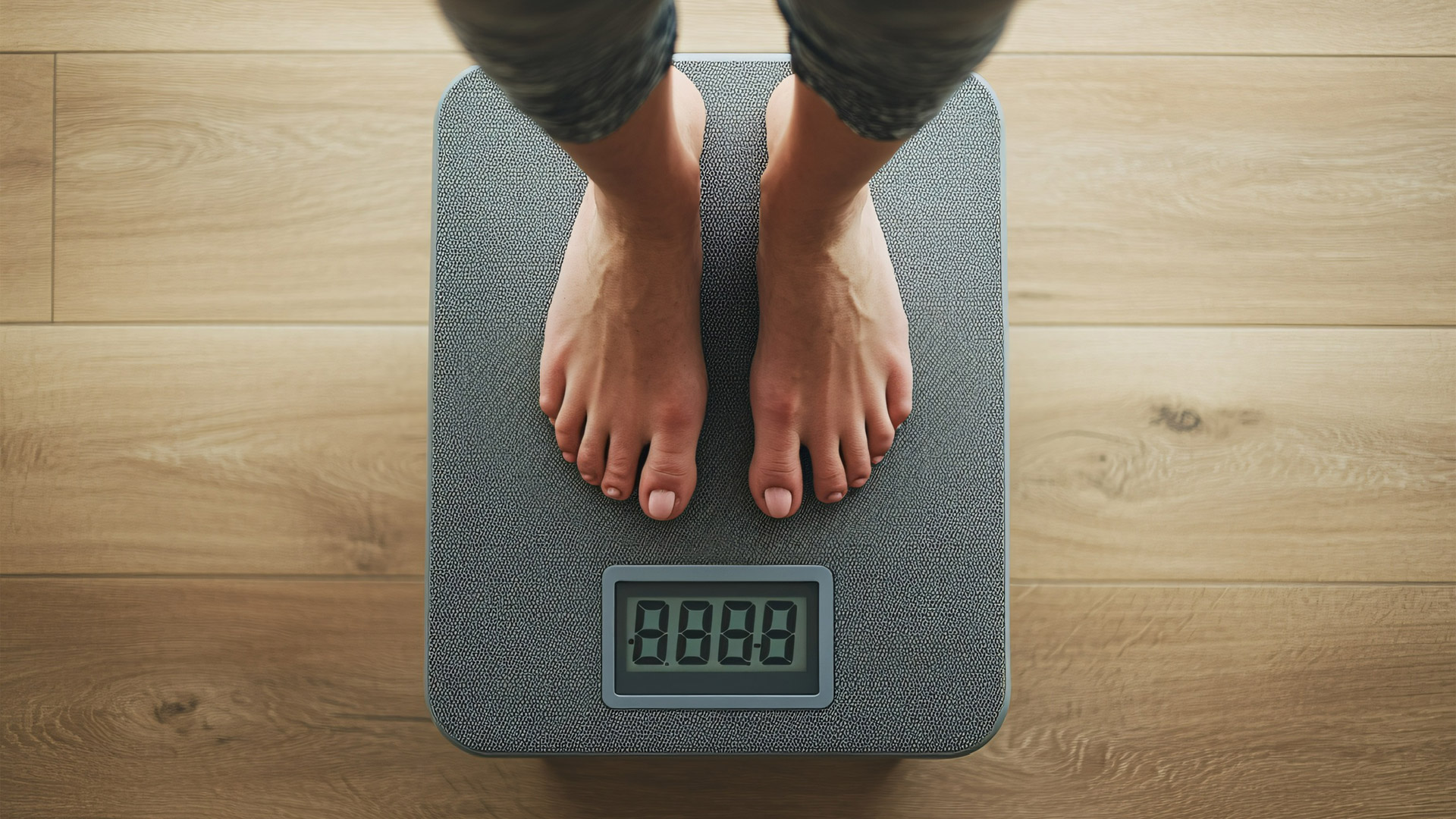
By Robert James Rivera
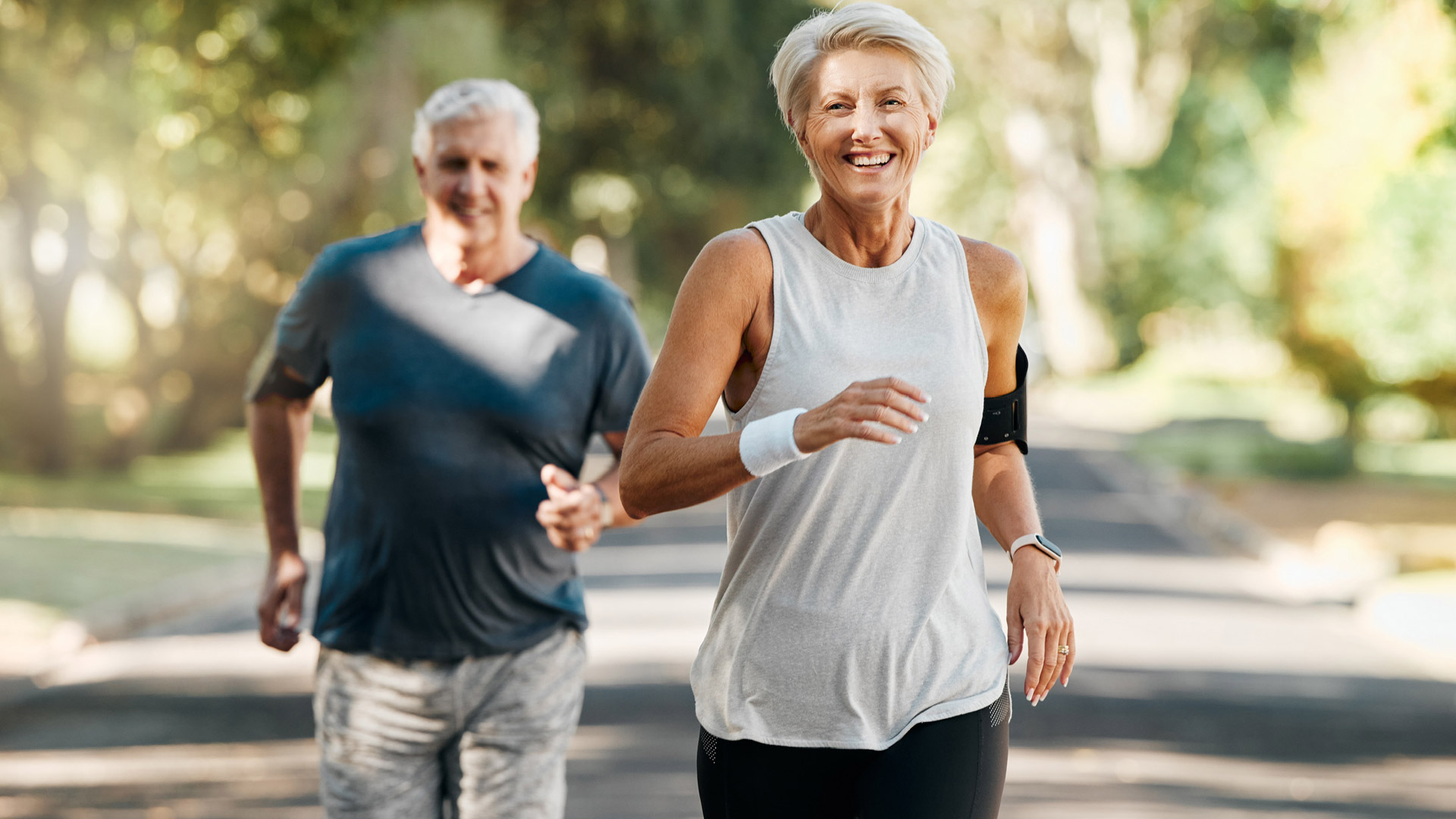
By Robert James Rivera
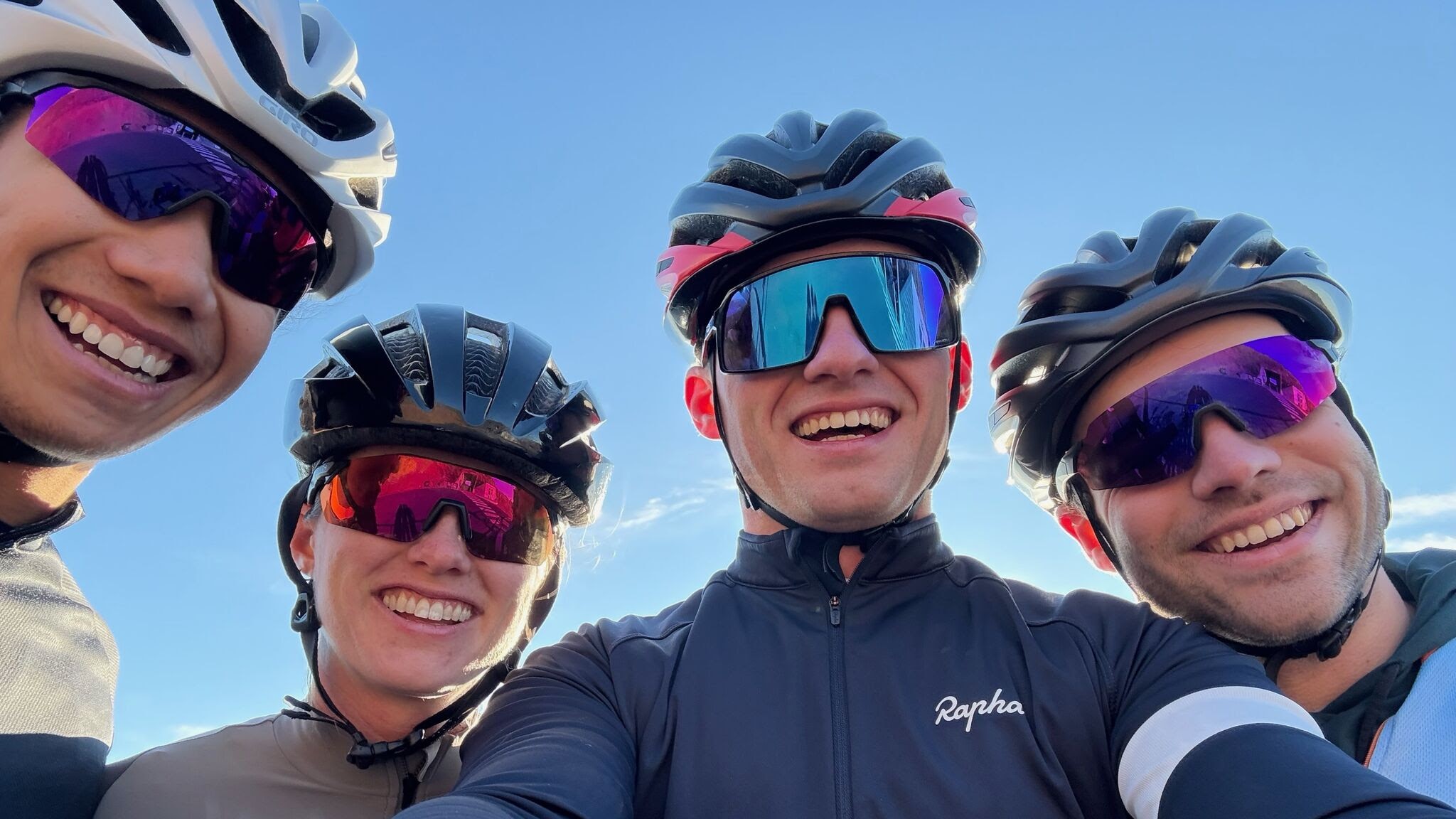
By Elisa Edelstein

By Elisa Edelstein

By Elisa Edelstein

By Elisa Edelstein
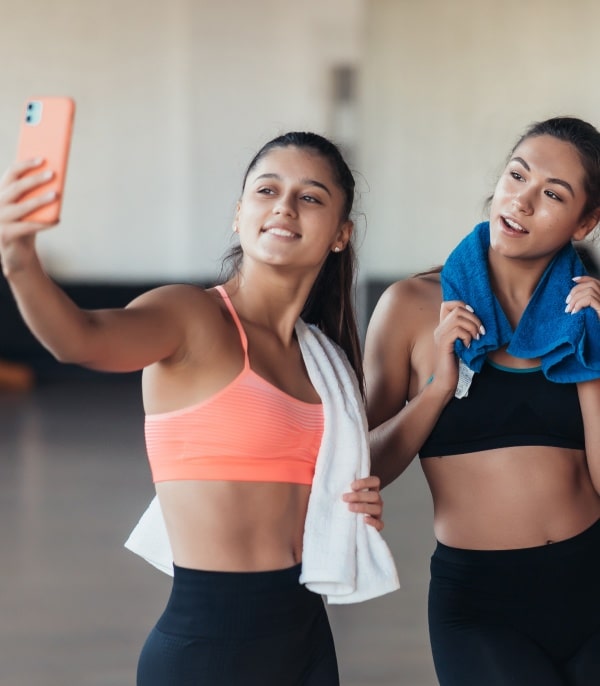
Powering the Business of Health, Fitness, and Wellness Coaching
